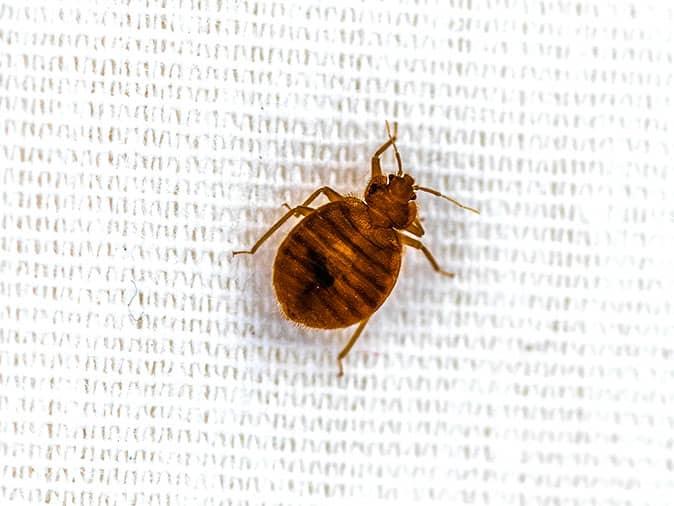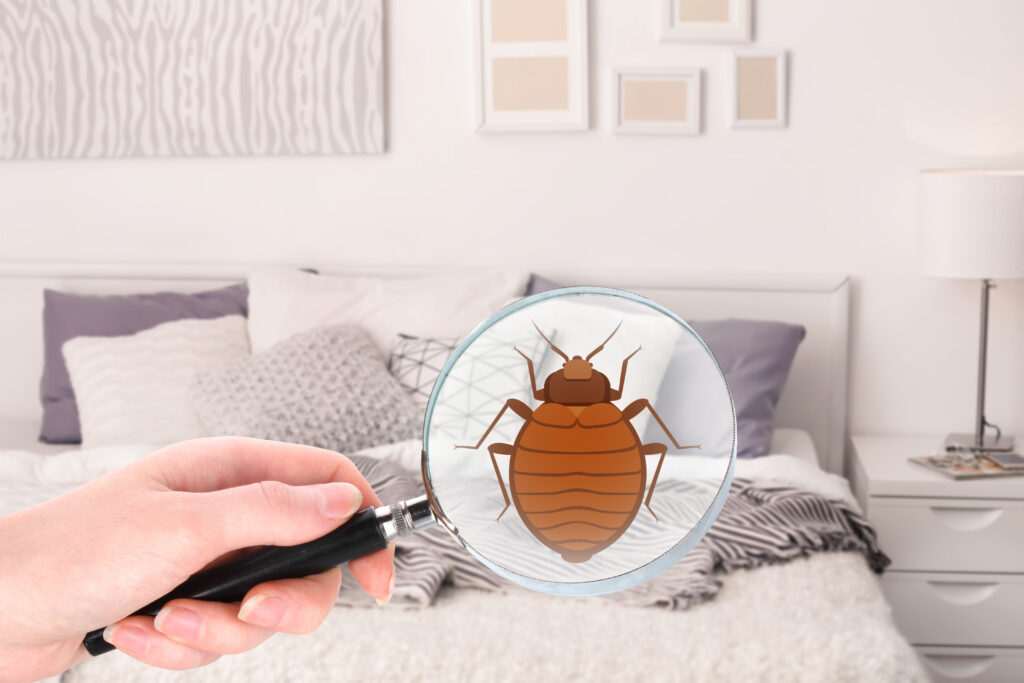Trusted Bed Bug Exterminator for Fast and Safe Elimination
Trusted Bed Bug Exterminator for Fast and Safe Elimination
Blog Article
Get Educated Regarding the Kinds Of Insect Control Methods and Their Benefits for Home Owners
Recognizing the different insect control approaches available to homeowners is essential for effective insect management. From chemical and biological strategies to mechanical and cultural methods, each method offers special advantages that can considerably influence both health and environmental security. Homeowners who are knowledgeable can make critical options that not only address pest problems but also improve the overall top quality of their living setting. As we check out these methods even more, it comes to be clear that the decision-making process involves greater than simply instant outcomes; it discuss lasting sustainability and well-being. What elements should affect these crucial decisions?
Chemical Pest Control Approaches
Chemical parasite control techniques are an essential component of incorporated insect management strategies for property owners seeking efficient solutions to pest problems. These approaches entail the application of chemical materials designed to get rid of or discourage pests that threaten personal effects, health, and convenience. Typical chemicals made use of consist of pesticides, rodenticides, fungicides, and herbicides, each tailored to target details parasites.
The key advantage of chemical insect control is its quick performance; several formulations supply prompt outcomes, minimizing pest populations considerably in a short time. Additionally, developments in chemical formulations have brought about items that are a lot more environmentally friendly and have reduced poisoning degrees for non-target microorganisms when applied appropriately.

Biological Parasite Control Techniques
All-natural pest control methods have gained prominence as property owners look for much safer and more lasting alternatives to standard chemical techniques. Biological pest control methods utilize natural predators, parasites, or microorganisms to take care of pest populations efficiently. This approach is not only eco pleasant yet also decreases the danger of harm to non-target species, including advantageous bugs and wildlife.
Among one of the most usual organic control approaches involves introducing all-natural predators into the environment. For instance, ladybugs can be used to manage aphid populations, while nematodes target soil-dwelling bugs like grubs. Additionally, parasitoids-- microorganisms that survive or within a host-- can be utilized to manage particular insect varieties by laying eggs inside them, eventually leading to their demise.
Another strategy is using biopesticides, which are stemmed from natural products such as germs, plants, or minerals (bed bug exterminator). These products can successfully target parasites while posing minimal danger to humans and animals. Overall, biological pest control strategies provide home owners with an effective methods of pest monitoring that aligns with eco-friendly concepts, advertising a much healthier living setting while minimizing reliance on artificial chemicals
Mechanical Parasite Control Techniques
Mechanical parasite control approaches incorporate a variety of techniques that physically avoid or remove pests without using chemicals. These methods are particularly advantageous for property owners looking for eco-friendly choices while guaranteeing the safety and security of their living spaces.
One typical technique is making use of barriers, such as internet, screens, and traps, which prevent insects from getting in homes or specific locations. For example, installing window displays can properly maintain pests out, while utilizing physical obstacles around gardens can deter larger insects like deer or bunnies. Furthermore, mechanical catches created for rodents can catch and eliminate these bugs without the demand for harmful materials.
One more efficient strategy involves using mops and vacuums to remove insects directly from surfaces. Routine cleaning and maintenance can substantially minimize bug populaces by getting rid of food sources and hiding places. In addition, utilizing devices like ultrasonic pest repellents can hinder different parasites through sound waves that are undesirable to them however faint to humans.
Social Insect Control Practices
Cultural insect control practices concentrate on changing the setting and management methods to develop conditions that are less for pest problems. These practices are basic in keeping a balanced ecological community and minimizing the reliance on chemical treatments. By altering agricultural practices, house owners can successfully hinder parasites while advertising plant wellness.
One usual technique consists of crop turning, which interrupts the life cycles of parasites by changing the kinds of plants expanded in a particular area (bed bug exterminator). This not only lessens pest populations yet also improves dirt health. Furthermore, intercropping-- planting varied plants in distance-- can puzzle pests and lower their ability to locate their favored host plants
Water administration is one more vital element of social practices. Proper irrigation techniques can stop standing water, which functions as a breeding place for insects and other pests. Additionally, keeping cleanliness around the home, such as on a regular basis getting rid of debris and food waste, can significantly decrease pest attraction.
Integrating these cultural practices into an extensive insect administration strategy enables property owners to develop an environment that normally deters additional info parasites, consequently boosting the efficiency of various other control methods while promoting sustainable gardening and landscape design.

Integrated Pest Administration Approaches
Integrated Pest Monitoring (IPM) stands for an all natural method that integrates various strategies to properly manage parasite populaces while minimizing environmental impact. This method integrates organic, social, physical, and chemical practices to accomplish sustainable insect control. By evaluating pest populations and their all-natural adversaries, IPM emphasizes tracking and determining parasites before applying control steps.
Among the core principles of IPM is using thresholds, which establish the degree of insect task that warrants intervention. This guarantees that treatments are applied only when needed, lowering the reliance on chemical pesticides. Biological control techniques, such as presenting all-natural predators or parasites, operate in combination with social techniques like crop turning and habitat manipulation to interrupt pest life cycles.
Moreover, IPM encourages the use of least-toxic chemical this post options when intervention is necessary, focusing on items that pose very little risk to non-target microorganisms and the setting. For home owners, adopting IPM approaches not just improves the effectiveness of insect administration yet also promotes a healthier living setting, fostering biodiversity and decreasing chemical exposure. Inevitably, IPM equips home owners to make educated decisions that stabilize bug control with environmental duty.
Verdict
To conclude, understanding the various bug control approaches equips house owners to make educated choices concerning pest management. Each strategy-- chemical, organic, mechanical, cultural, and integrated bug monitoring-- provides distinct benefits that accommodate various needs and preferences. By choosing ideal approaches, house owners can properly manage parasite populaces while decreasing health risks and ecological effects. This informed approach adds to a much healthier living environment, advertising overall health for animals and households alike.
Recognizing the various parasite control techniques offered to homeowners is crucial for effective insect administration.Chemical pest control approaches are an important component of incorporated insect management methods for property owners looking for efficient options to pest problems. On the whole, organic bug control methods give home owners with an effective methods of parasite monitoring that straightens with ecological concepts, promoting a healthier living environment while minimizing dependence on artificial chemicals.
Social parasite control methods concentrate on customizing the setting and management methods to produce termite inspection problems that are much less favorable to pest problems.In conclusion, recognizing the numerous insect control methods encourages homeowners to make enlightened decisions relating to pest monitoring.
Report this page